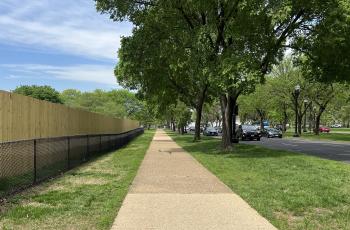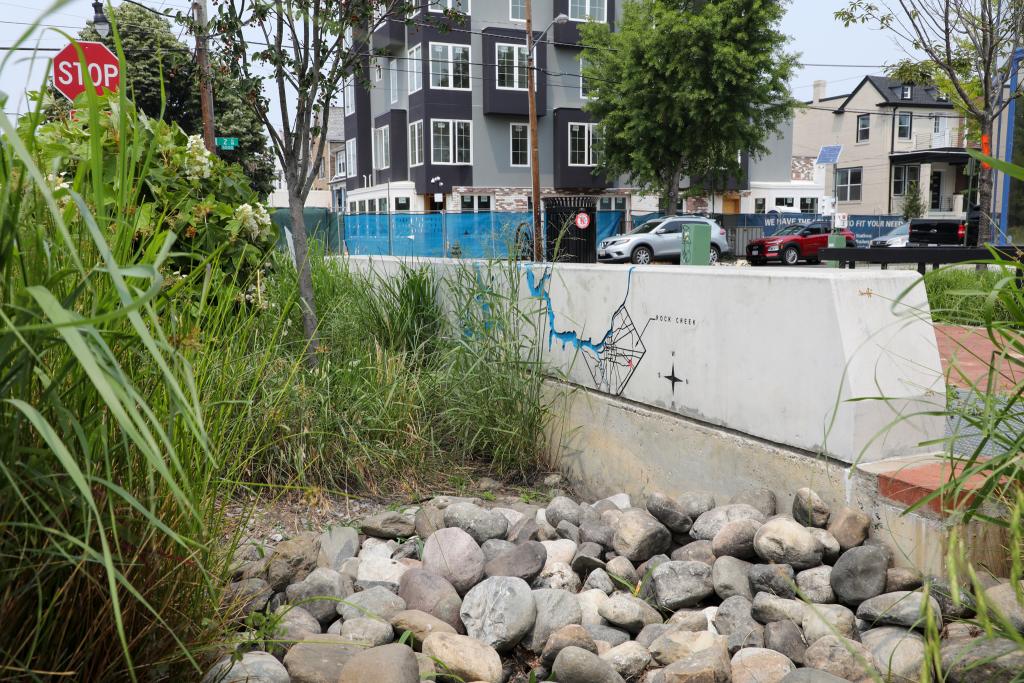Report Shows District of Columbia Well Protected by Public Water System
The District of Columbia Water and Sewer Authority (WASA) has released a draft report which provides a comprehensive analysis and evaluation of areas of the city serviced by smaller-diameter (8-, 6-, 4-inch) water mains. The study, Evaluation of Small Diameter Water Mains Fire Flow Analysis, was undertaken at the direction of the WASA Board of Directors to ensure the availability of sufficient water flows from hydrants on smaller mains across the city to fight fires. Small diameter mains make up approximately 900 miles of the citys 1300-mile distribution system.
It is our responsibility to ensure that the public has well-placed confidence in the reliability of the water system, said WASA General Manager Jerry N. Johnson. Weve evaluated and analyzed areas around the District to ensure that adequate volumes of water are available within a reasonable distance to effectively fight fires.
The study shows that the existing water distribution system provides significant fire flow availability throughout the District, based on the benchmark fire protection criteria of other water utility systems. The criteria specify a minimum fire flow availability of 1,000-2,000 gal./min within a 1,000-foot radius.
Existing hydraulic models of the water distribution system were used to perform a system-wide review, and only three areas were identified that did not meet the minimum fire flow specified in the guidelines. The areas are 1.) the far end, westerly portion of Mayfair Parkside at Hayes and Jay streets NE, 2.) the westerly portion of Poplar Point, SE, and 3.) the Ft. Stanton Reservoirs, SE. Only one of these areas, Mayfair Parkside, is populated. The other two areas are not currently developed. Within 2,200 feet of the Mayfair Parkside location, there is adequate fire flow from the system. This information has been provided to the DC Department of Fire and Emergency Services (FEMS) for their pre-fire water supply planning. WASA, meanwhile, has expedited its review of potential modifications or improvements to the distribution system in that area.
The study comes in the wake of the October 1, 2007 four-alarm blaze on Adams Mill Road NW, which prompted public concern over insufficient water volume from hydrants connected to small-diameter mains in the area. During the incident, firefighters connected to hydrants on larger mains 2,000 feet away from the fire, apparently unaware of the availability of high-flow hydrants only 660 feet away. After-incident evaluations by WASA and FEMS indicate better communications between both agencies would have likely avoided the confusion. A number of actions have been taken in an effort to better handle similar situations including continued flow testing and hydrant banding and a review with FEMS of the hydraulics of the District water system along with current system maps and map books to ensure they have the most up-to-date information.






